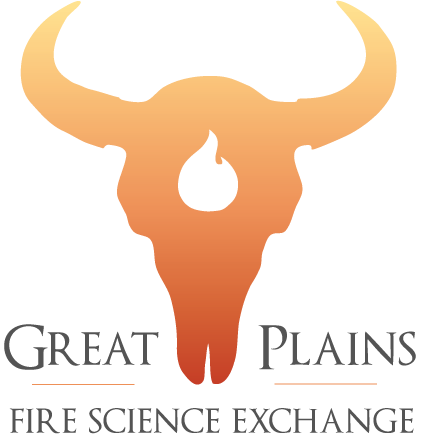What is Fire Culture?
A societal understanding and value of fire and its role in sustaining or restoring the functions and services of a
community, ecosystem, or biome coupled with the capability to safely and effectively apply it at patch to
landscape scales.
Doug Spencer
Fire culture is one that recognizes the imperative role and implementation of fire to maintain grassy ecosystems.
Jesse Nippert
A fire culture is an attitude within a community that recognizes and values the role of prescribed fire in grassland conservtion, wildfire prevetion, the wise use of an economic natural resource, and enhancing environmental quality, resulting in an increase of mankind's quality of life
Mike Holder
Fire dependent cultures can be thought of as mutualistic with their fire-prone ecosystems.
- Frank Kanawha Lake. 2021. Indigenous fire stewardship: Federal/Tribal partnerships for wildland fire research and management. Fire Management Today 79(1):30-39.
Frank Kanawha Lake
Current pro-fire subculture members have grown in membership, while the anti-fire subculture persists primarily due to destructive wildfires and the pollution endemic in emissions of burning wildland ecosystems. As a result of the inception of burn associations and cooperation with health and environment agencies, there has been a quasi-merging of the two subcultures.
Fire has been used throughout history to shape the environment, improve hunting, and as an instrument of war. Today, fire is used regularly to benefit natural habitats and resources. Cultures change as societies pass on useful actions and they become inherent in their daily lives. My hope is that future wildland fire culture will be different and will likely be more in tune with society.
Clenton Owensby
Wildland Fire Culture is a set of common beliefs, common traditions, implementations, and common laws. Wildland fire cultures have evolved continuously from the inception of human societies. When societies accept and implement behaviors relating to wildland fires, a culture develops. That culture's beliefs and behaviors are what really ties us together, even though there are many subcultures within. There are pro-fire culturists derived from understandings and science evidence. However, there are anti-fire culturists based on fear and the destructive nature of fire. I am reminded of a talk I gave in Glenwood Springs, CO, to a regional group, advocating for prescribed fire in coniferous forests as a cure for holocaustic crown fires creating an understory that supported vertebrate and invertebrate diversity. In the audience, there were members of both the pro-fire subculture (very few) and the anti-fire subculture (the majority). For the few I was viewed as the potential savior, but to the majority, I was a pariah, bent on destroying "Smokey the Bear" and his devotees.
Current pro-fire subculture members have grown in membership, while the anti-fire subculture persists primarily due to destructive wildfires and the pollution endemic in emissions of burning wildland ecosystems. As a result of the inception of burn associations and cooperation with health and environment agencies, there has been a quasi-merging of the two subcultures.
Fire has been used throughout history to shape the environment, improve hunting, and as an instrument of war. Today, fire is used regularly to benefit natural habitats and resources. Cultures change as societies pass on useful actions and they become inherent in their daily lives. My hope is that future wildland fire culture will be different and will likely be more in tune with society.
Clenton Owensby
What is a fire culture? How do people successfully live with wildland fire, and incorporate it into their land management and community well-being? Interviews with over 50 ranchers and others living in the Flint Hills region of Kansas have been crafted into a new 26 minute video, Flint Hills Fire Culture: A Legacy of Caring for the Tallgrass Prairie, which was broadcasted on Kansas City and Wichita PBS on March 14, 2024.

